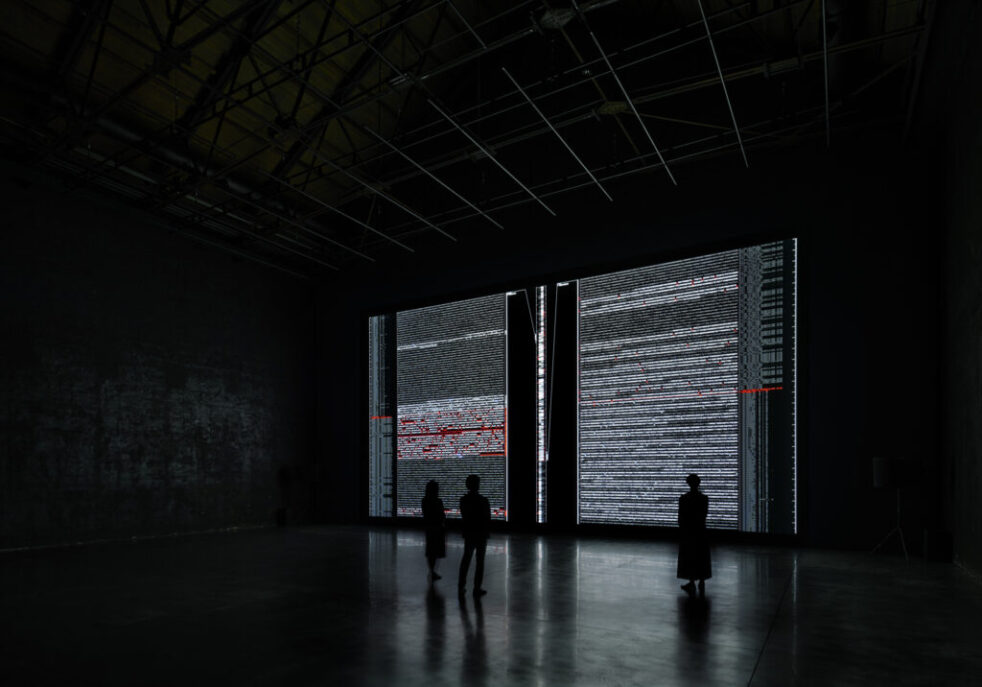Renowned Japanese digital media artist Ryoji Ikeda’s first United States exhibition “data-verse,” is currently on display at Atlanta’s High Museum of Art. First commissioned in 2015 by Audemars Piguet Contemporary, the exhibition traveled the world before making its way to the U.S. The Technique had the opportunity to participate in the experience on April 4.
The immersive, multimedia experience showcases an artistic depiction of data. One of the key themes of the exhibition is contrast — particularly between black and white. Using a number of different physical materials and visual media, Ikeda builds out this contrast and uses it to represent many well-known philosophical, mathematical and scientific concepts. Several of the exhibits have minimal names and descriptions, allowing visitors to draw their own conclusions from them.
The engaging instrumental music accompanying the exhibits contributes to the atmosphere of contemplation. The hypnotic effect of the music, coupled with some of the early exhibits that involve concentric circles and bright contrast, holds visitors’ attention for a long time. Although the High’s 30-minute slots allotted to visitors may seem small, there is ample time to explore the exhibits.
The standout element of the exhibition is a hallway with three screens running visual depictions of data. Ikeda captures an astonishing range of visualizations from cell biology and human anatomy to topographical maps and air travel. Adequate seating in this section allows visitors to spend time and contemplate the amount that we know about the universe and the significant amount that remains unknown. Nearly all the video visualizations are rooted in some real-world data, yet the artistic presentation draws a different audience that may not be interested in those fields to begin with.
Although Ikeda developed the concept and composition, the team, Norimichi Hirakawa, Tomonaga Tokuyama, Satoshi Hama and Ryo Shiraki, were was behind the impressive computer graphics and programming. Several independent parts of the exhibition have been previously displayed in various other countries, such as Japan, Germany, Denmark, Finland and the United Kingdom. However, the exhibition at the High brings these works together — curated over many years — in one place for a new audience.
While simplistic and welcoming on the surface, “data-verse” is best enjoyed by visitors with an interest in science and mathematics and an appreciation for visualization. The scant labeling, while keeping the experience open-ended, can occasionally be a turn-off for those who do not grasp the underlying information. Several concepts, such as depictions of irrational numbers and mathematical constants using film and art, are only remarkable to those who understand their significance. In addition, some of the high-contrast visual elements are very jarring, although the exhibition provides adequate safety warnings to prepare participants.
In all, “data-verse” is a stunning experience built out of data that provides a new perspective to view information and appreciate the scale of the universe. The exhibition will be live at the High until Aug. 10. For tickets and more information, go to high.org.
